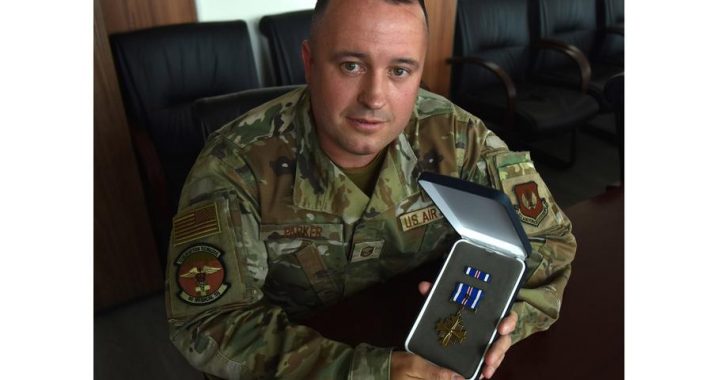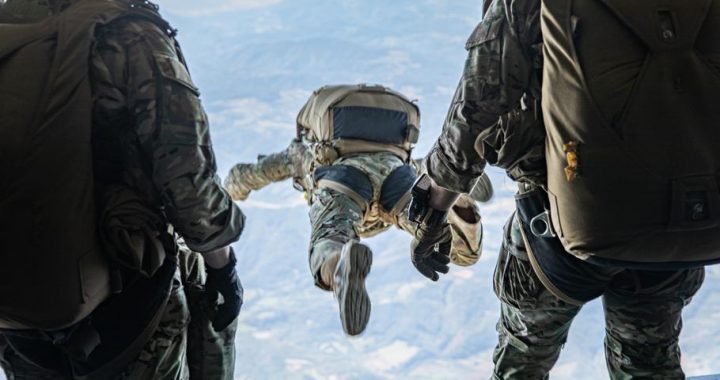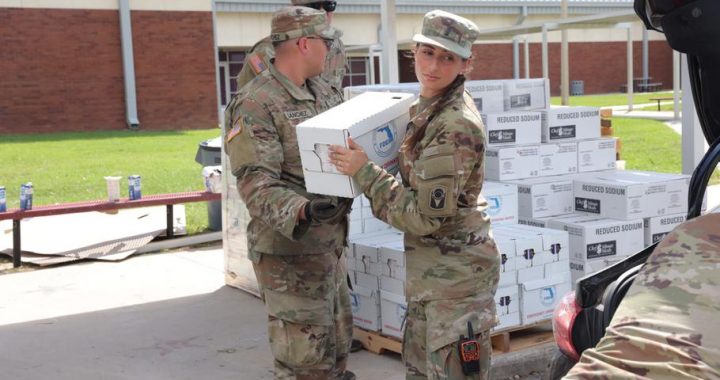Live to Ride, Ride to Live – A Look at Motorcycle Safety
5 min read
MILLINGTON, TN, UNITED STATES
Story by Chief Petty Officer Elijah Leinaar
Navy Recruiting Command
By Chief Mass Communication Specialist Elijah G. Leinaar, Navy Recruiting Command Public Affairs Office
MILLINGTON, Tenn. (NNS) – Summer is coming to an end, but the weather in many locations remains ideal for motorcycle riding. Riding a motorcycle can be a liberating experience. The motorcycle enthusiast can feel free of constraints, smell the air, hear their surroundings and enjoy their connection with the outside environment.
There is a saying within motorcycle communities; “four wheels move the body but two wheels move the spirit.” However, like many adventurous activities, motorcycle riding has its risks. This reality has recently affected Navy Recruiting Command (NRC) in the most severe way.
“We lost one of our own,” said NRC’s Command Master Chief Donald Charbonneau. “It’s a tragic loss to the command, the Sailor’s family, friends and colleagues. It’s something we cannot forget. Safety is a priority in everything we do, but mishaps can still happen even when we do all we can. It’s a painful truth in life and a realistic fact that everyone who rides a motorcycle is more at risk than if they had been in a car.”
One risk factor is a practice known as lane splitting. This is when a motorcyclist rides the line between two lanes of traffic. There are state laws against it throughout the United States except in California. While the state doesn’t have traffic laws against lane splitting, many cities have ordnances restricting the practice due to its increased risk for accidents. Navy regulations ban lane splitting on base and it’s highly discouraged off base in California. The last thing a rider needs is to increase their odds of a collision.
The hard truth is that there is very little physically protecting a motorcycle rider in an accident. Navy regulations require motorcycle operators to wear personal protective equipment (PPE), which at a minimum is an approved helmet, eye protection, sturdy over the ankle footwear, long-sleeved shirt or jacket, long pants, and full-fingered gloves designed for use on a motorcycle. For specifics see the Naval Safety Center’s motorcycle safety website page.
Those precautions hardly match the metal-cage frames of automobiles, air bags, seatbelts, antilock brakes and even more technologically advanced safety features that newer vehicles are being equipped with every day. So where does that leave motorcycle riders?
“It often leaves us exposed roadside where we could be hit by another car,” said Chief Navy Counselor Aspen Noels. “I love motorcycles and I know they can be dangerous. That’s why my entire family has taken the Navy-offered motorcycle safety training. It’s a two-day course that would have cost us hundreds of dollars out on the town, but through the Navy we got it for free.”
Motorcycle safety courses are available to active duty Sailors and on a stand-by basis to all dependents, DoD civilians and retirees. Under Navy regulations, reference OPNAVINST 5100.12J, all Military motorcycle riders are required to have completed Level I training, which can be scheduled online through Enterprise Safety and Management System (ESAMS), valid motorcycle insurance and a motorcycle operator’s endorsement on their driver’s license.
Level I training consists of a two-day Basic Rider’s Course (BRC) given through the Motorcycle Safety Foundation (MSF). All riders have 60 days after the BRC to complete Level II training. Riders who are properly licensed and have completed Level I training may immediately enroll in and complete Level II training.
There’s more training down the road for sports bike riders. They’re required to take the Military Sport Bike Riders Course (MSRC), which counts as Level II training but is more focused on sports bike skills and safety. If it seems confusing, riders can talk to their command motorcycle safety coordinator (MSC) or local installation safety office. MSCs are required to run the motorcycle safety program, know all the rider options and requirements and have all the current regulations and references on file. They can steer riders and potential riders straight.
For other styles of bikes, there are more options available. Fortunately for all of them, there are MSF courses tailored to these options; including Experienced Rider Course, Advanced Rider Course, and Off-Road Rider Training Courses for dirt bikes and all-terrain vehicles, ATVs.
Unfortunately training a motorcyclist is only part of the battle. Training motorists to be aware is another key element. Motorcycles are considerably smaller than cars on the road, and they’re often hard to distinguish in traffic. Motorcycles often appear to be farther away than they actually are. They start, stop and turn much faster than a full-sized vehicle. This misperception can lead to cars moving over on or merging into motorcyclists’ lanes of traffic resulting in mishaps.
According to the National Highway Traffic Safety Administration (NHTSA) and the Naval Safety Center, Motorists often say following an accident with a motorcycle, “I didn’t see him/her there.” While the numbers for fiscal year 2019 are not out yet, as of May 1 of fiscal year 2018, the Navy has experienced seven motorcycle fatalities. This is up from five during the same time frame in fiscal year 2017.
“My hope is that drivers and riders share the road safely,” said Charbonneau. “We all have to be careful when on the road because it doesn’t take more than a second to be distracted by your phone, kids in the backseat or a million other things. We have to pay attention because the cost of a life lost is not worth it.”
Training, education and awareness go a long way in preventing motorcycle accidents. There are many factors, from road conditions to a lack of attentiveness, which can lead to an accident. Automobiles have a significantly higher level of safety compared to motorcycles, which is why it is important for those drivers to look twice for motorcycles and be cautious of their surroundings.
More information on motorcycle safety can be found in the links below:
http://www.nhtsa.gov/safety/motorcycles
http://www.trafficsafetymarketing.gov/sharetheroad
http://exchange.aaa.com/safety/motorcycle-safety/#.vyjkrwpf3xg
https://www.cnic.navy.mil/regions/cnrma/om/safety/traffic_safety/motorcycle_training.html








